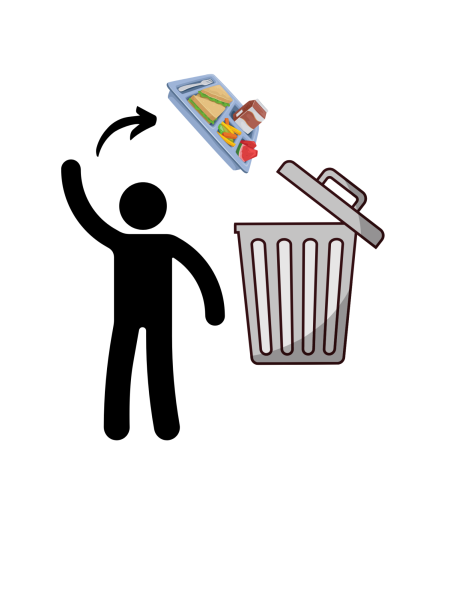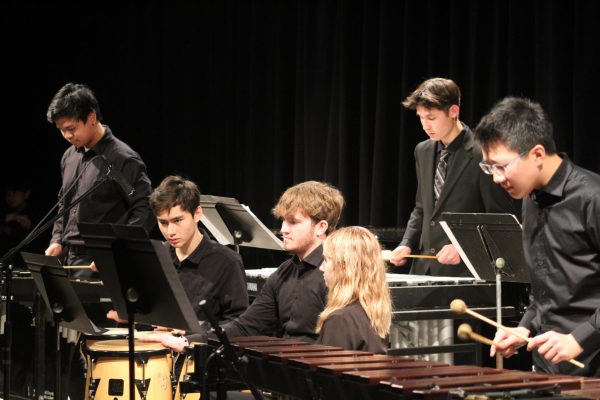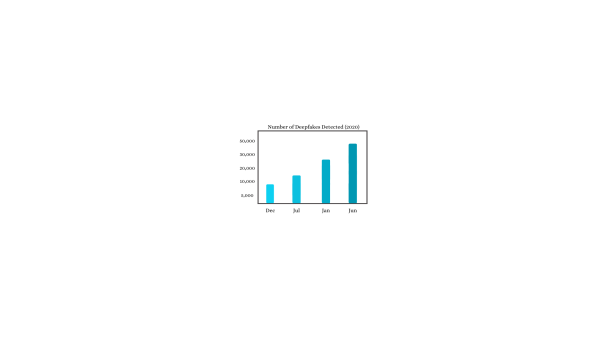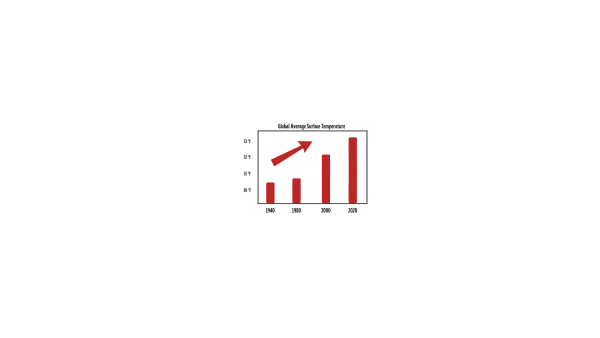PVHS does poorly on 2016 SBAC
The CAASP (previously SBAC) test is the high school equivalent to STAR testing in elementary/middle school. Not many students take it seriously, and yet the PV school district seems to always do well.
This last year was no exception on a district wide level, but PVHS scores were significantly lower than previous years, and much lower than the other school on the hill, Palos Verdes Peninsula High School.
In 2015, PVHS had a very low turn-out of participants, as only about 30% of students participated, yet the overall scores were significantly higher compared to last year, which had an 85% participation turn-out. The 2015 scores outdid the 2016 scores by about 10% in English and 17% in math.
“When you increase participation, you might not have students who are really willing and motivated to take the exam,” said PVHS principal Dr. Charles Park.
He went on to say that “the 30% who took it in 2015 may have actually wanted to take it, which means they put an actual effort into it.”
This concept makes sense, when one takes a look at the resistence to the CAASP/SBAC in 2015.
Parents, teachers, and community members were against the new standardized test, and most had their children opt out.
The parents that didn’t have a problem with the test obviously let their children take the test.
Without the negative input from their parents, the students that did take the test felt the pressure of the exam as if it were any other.
“I was pretty stressed about it to be honest, and it was right before AP testing when I was a junior so everyone was kind of in a stressed studying mood,” said Nicole Cunningham, a PVHS graduate who was a part of the 30% who took the test in 2015.
This “stressed studying” mood that Cunningham talks about was presumably absent in the 2016 year, as AP testing was already over by the time the test rolled around.
Park also touched on the subject of a schoolwide mood when he talked about switching the CAASP back to before the AP tests, as well as shortening it, seeing as students seemed to perform better taking the test prior to AP exams.
“I think our students are smart enough to realize that right now, the CAASP isn’t like the SAT or the ACT. Unless they are going to apply for the CSU’s, the value that it has is very small compared to the AP’s, SAT’s, and ACT’s,” said Park.
He reasoned that the CAASP isn’t exactly crucial unless students are applying for the California State Universities, at which point the CAASP is extremely imperative to the success of a student application.
The CAASP not only came second to the big standardized tests like the SAT and ACT, but it also came second to free time among students.
Some teachers have expressed that while supervising the test taking place in 2016, they saw students just clicking through the exam, so they could get it done as soon as they could and have time for themselves.
“Rest assured that we are going to do much better this year, I have confidence,” said Park.
This outlook seems to be the popular opinion around the PVHS campus, as no one wants a repeat of last year’s scores.
In addition, the motivation of students to see improved results is on the climb, creating hopeful prospects for future scores.








